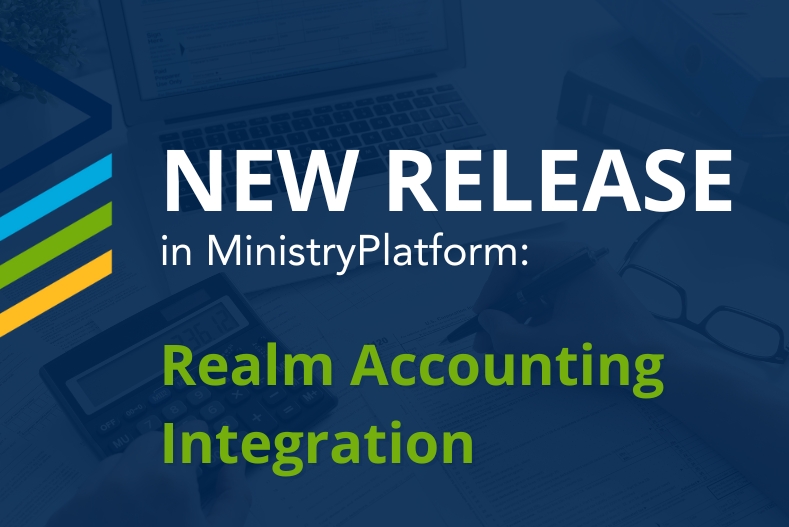The national decline in church membership and participation points to an inevitable shrinking of financial resources. Churches have to re-evaluate how they’re inspiring donors and how they’re treating them year-round. While the support of the church is a Biblical calling and obligation for most, many of today’s donors also have a sophisticated expectation shaped by their experience giving to other organizations. In this series, Four Philanthropy Essentials for the Church, we’ll unpack the key strategies churches need in place for the healthy stewardship of donors.
Harnessing Your Donor Data
Effective donor stewardship is both an art and a science. We often find that churches are comfortable with the art – the ministry of donor relations and stewardship. But many feel intimidated by science.
It’s time to conquer the fear: Understanding your donor patterns and trends is a critical part of your stewardship ministry, and it’s essential to a healthy giving program in a church.
With a few simple habits, you can begin harnessing the information you have to better acknowledge, communicate to and steward your donors.
#1. Take the time to study your church’s giving data and patterns. Run reports from your database that can help you identify your recurring donors and how they are giving. What percentage of your members are giving online versus cash or paper checks? How many have set up a recurring credit card or ACH (automatic bank draft) gift? If you don’t already have it in place, find a way to flag new, first-time donors.
I’ll stop here and assure you that your database doesn’t need to be sophisticated to give you this information. Even if you’re a small office using a basic excel spreadsheet to track your giving, spend some time sorting and diving into the information. Plan the time to do a deep dive on a regular (at least quarterly) basis.
#2: Study those reports and put in flags to alert you to an increase in a donor’s giving amount as well as to those who make gifts to a particular campaign or gifts at a certain level. Don’t discount your communication analytics: open rates and how donors interact with your social posts, emails, or newsletters can help you further assess your giving trends.
#3: Pay attention to gifts you receive through donor-advised funds (DAFs). Members who give through a DAF are often those who have passion and capacity and intentional, sophisticated donors. You’ll want to look closely at a stewardship plan that meets those donors’ needs. And while you won’t be receipting those gifts from the donor for tax purposes, you do need a plan in place to thank and acknowledge those important gifts.
#4: Take advantage of any reports you can run from your database or your church’s online giving platform. These might be reports on “lapsed” donors or donors who gave at one time but haven’t renewed or given again. Scanning for any monthly givers who’ve fallen off (sometimes due to simple credit card expiration issues) can lead to retaining those donors. Even if you have to do this manually from a basic spreadsheet once a quarter, it’s well worth your while.
Any of these steps can establish some benchmarks to assess the health – and future church growth – of your stewardship program. These practices also provide a way to look at your church’s donors with a news lens: your database assessments can tell you who might be “raising their hand” to tell you they are your next major donor prospector who has an interest in deepening their walk with your congregation’s mission and vision.
Equally importantly, having a firm handle on your donor trends and patterns can help you plan your stewardship and communications. If you discover members who give each month automatically via credit card or a bank draft are making higher and more consistent gifts than those who don’t always remember their checkbook on Sundays, you can focus on communicating the benefits of electronic/automatic giving options. If a large chunk of first-time donors or new members rarely make a second gift within six months, you can strengthen your church’s communication and acknowledgements to those groups (…which brings us back to art and ministry of stewardship!).
We’ll outline additional philanthropy essentials in the coming weeks, including an approach for personalized acknowledgments and the basics of non-cash (asset) giving.
Tim Smith has over 30 years of experience in Church, Non-Profit Administration, Management, and Fund Development. Having served as an Executive Pastor and Chief Development Officer in growing Churches and Non-Profit Organizations has provided a wide range of expertise and resources. Tim serves as Founder and CEO for Non-Profit DNA, a boutique firm committed to helping nonprofits and churches build their capacity through fundraising, leadership, team building, staff recruiting, and coaching.




